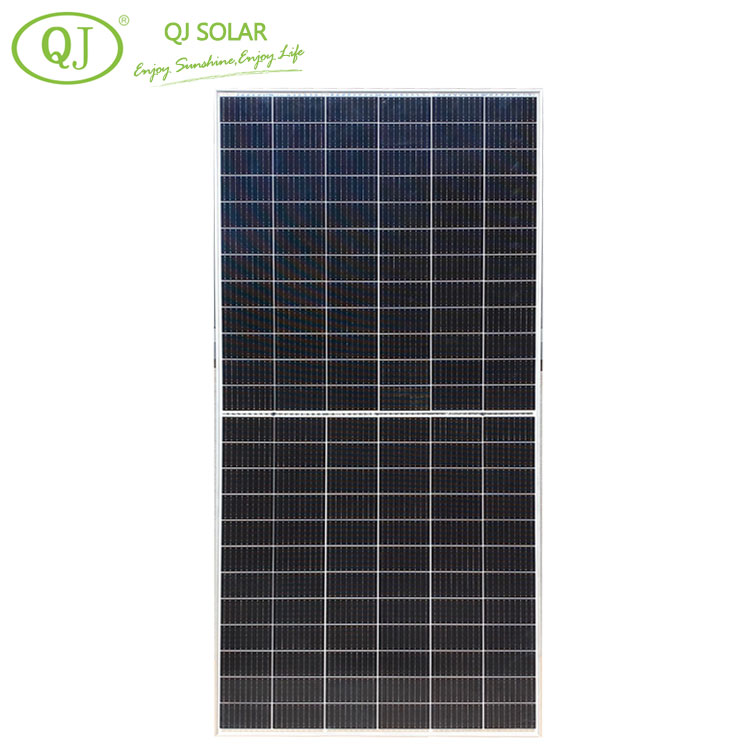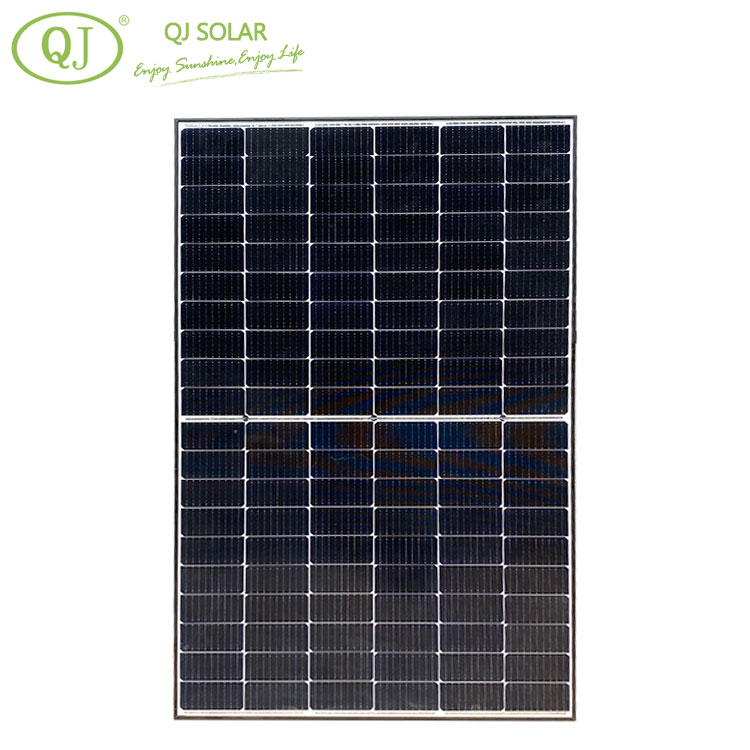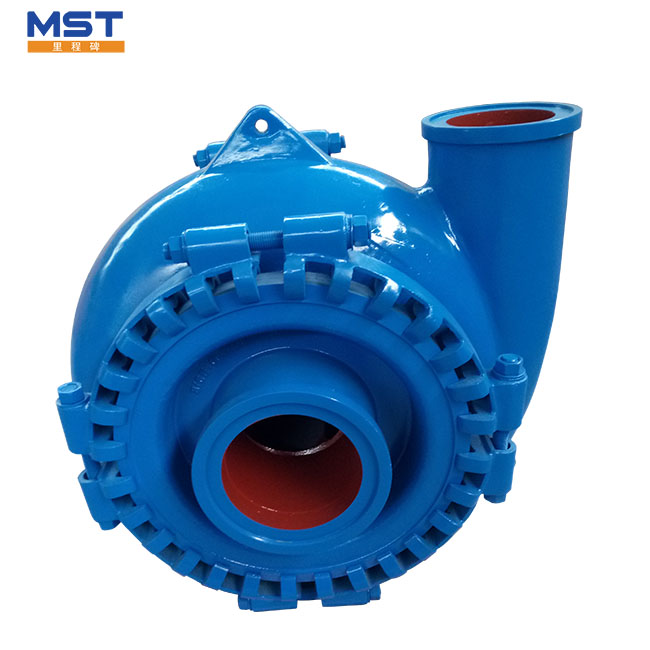Solar Module
A solar module, also known as a solar panel or photovoltaic (PV) module, is a device that consists of interconnected solar cells and is designed to convert sunlight into electricity. It is the basic building block of a solar power system and is used to generate renewable energy.Here are some key poi......
Send Inquiry
Product Description
A solar module, also known as a solar panel or photovoltaic (PV) module, is a device that consists of interconnected solar cells and is designed to convert sunlight into electricity. It is the basic building block of a solar power system and is used to generate renewable energy.
Here are some key points about solar modules:
1. Structure: A solar module is typically a flat, rectangular-shaped device that is composed of multiple solar cells. The cells are interconnected and embedded within a protective encapsulation material.
2. Solar Cells: Solar cells are the individual units within a solar module that directly convert sunlight into electricity. They are made of semiconductor materials, most commonly crystalline silicon, and are responsible for the photovoltaic effect. When sunlight strikes a solar cell, it generates a flow of electrons, creating an electric current.
3. Encapsulation: Solar cells within a module are protected by a transparent encapsulation material, usually tempered glass. This glass cover helps shield the cells from environmental factors such as moisture, dust, and physical damage, while still allowing sunlight to pass through.
4. Backsheet: The backside of a solar module is covered by a protective layer called the backsheet. This layer is made of a weather-resistant material, such as polymer or a combination of polymer and metal, and provides electrical insulation for the module.
5. Frame: A solar module often has an aluminum frame around its perimeter. The frame provides structural support, stability, and protection for the module. It also facilitates easy installation and mounting of the module onto various surfaces, such as rooftops or ground-mount structures.
6. Wiring and Junction Box: The solar cells within a module are interconnected using electrical wiring. The wiring is routed to a junction box located on the back of the module. The junction box contains diodes and terminals that allow for electrical connections between multiple modules and facilitate the output of the generated electricity.
7. Power Rating: Solar modules are rated based on their power output, which is measured in watts (W). The power rating indicates the maximum amount of electricity that the module can generate under standard test conditions, typically defined as a specific level of sunlight intensity and temperature.
8. Efficiency: Solar module efficiency refers to the percentage of sunlight that a module can convert into electricity. Higher efficiency modules can generate more electricity from the same amount of sunlight, making them more productive and space-efficient.
Solar modules are commonly used in various applications, ranging from residential rooftop systems to large-scale solar power plants. When multiple modules are connected in series or parallel configurations, they form solar arrays or PV systems, which can generate significant amounts of renewable electricity.










